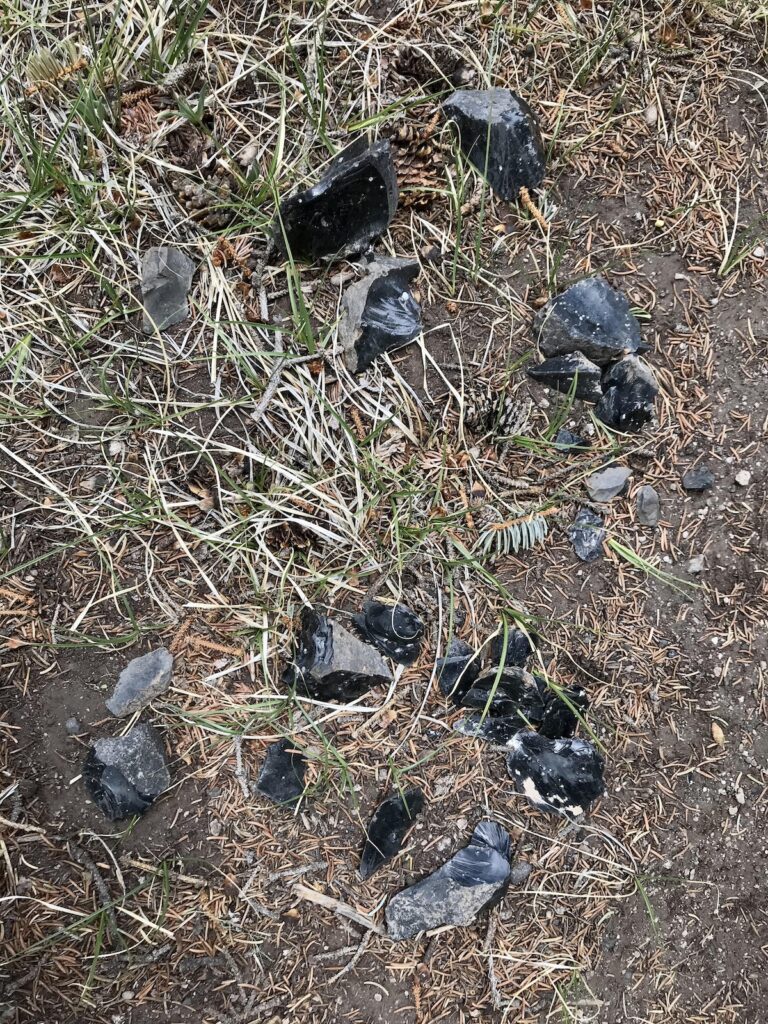I can’t count how many times I’ve walked into a store or up to a vendor that sells arrowheads or collected shards of pottery at skyrocketing prices. I am usually enamored by the rarity of these items, so I sift through them in hopes of purchasing one. Until this WRFI course, I took on the role of an innocently curious buyer, not knowing the depth of the knowledge I lacked. I was also unaware of the meaning behind the word sacred and how it applied to various items and concepts in our lives.
From learning on this course, I now speculate that the meaning of sacred can be morphed by perspective. Things that are sacred for one person may not be considered sacred for someone else. The debate over sacredness can become heated, so it is important to be patient and to have an open mind. In my perspective, something sacred is cherished above all other items. It holds an immense amount of value that can increase or decrease over time. I am incredibly lucky to have so many people and items in my life that I consider sacred and I hold them close to my heart and mind everyday.

Reflecting on one’s past and imbuing sacredness into one’s ancestry can be powerful, and it can also be isolating. When an item becomes sacred, many times we are not allowed to interact with it. However, some sacred items thrive on interaction to maintain their quality and spirit. For example, I grew up knowing a friend’s dad who had access to a very old, very sacred violin, the Stradivarius. The Stradivarius instruments are extremely rare and many centuries old. In order to maintain their quality they need to be “fed”, or played. The term “fed” is an act we learned about recently during our visit at the School for Advanced Research, or SAR, in Santa Fe, New Mexico. The brilliant collections manager, Laura Cruz, explained the act of feeding an item when it applies to pottery as filling the items with substances like cornmeal or natural fibers that keep the pottery from becoming frail despite old age. Knowing this, I understand now that some historic and shared items need to be fed in order to maintain their quality, though this does not apply to all sacred items. Others must be left alone, and this depends on the communities that claim these items as integral parts of their pasts.
At first I was confused by this notion because our group has traveled to many places where there are a plethora of historic items scattered on the ground. I was both conflicted and enamored by obsidian flakes and pottery shards because I wanted to keep one as a memory from our long journey. I picked up a random flake of sharp, semi-translucent obsidian and brought it with me back to our campsite. Over the next few days, I felt guilty that I made the wrong decision, so I left the flake in a special, remote place on the grounds as we departed. I speculate that this intuitive feeling helped me distinguish which items to interact with and which ones to leave alone.
As a group, we had the honor of speaking with the director of SAR and acclaimed author, Michael Brown, so I asked him about his opinion on the matter. In short, he told us that sacred items are culturally sensitive and they should be left alone if possible. After hearing his explanation, I have strength in my opinion to leave sacred items to themselves and the communities they are from. It is the choice of those communities to decide how to treat their sacred items from the past and our responsibility to honor their requests.